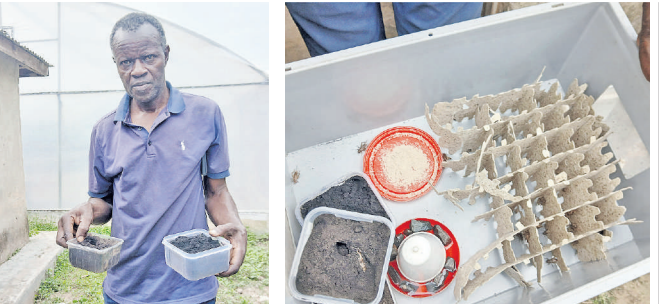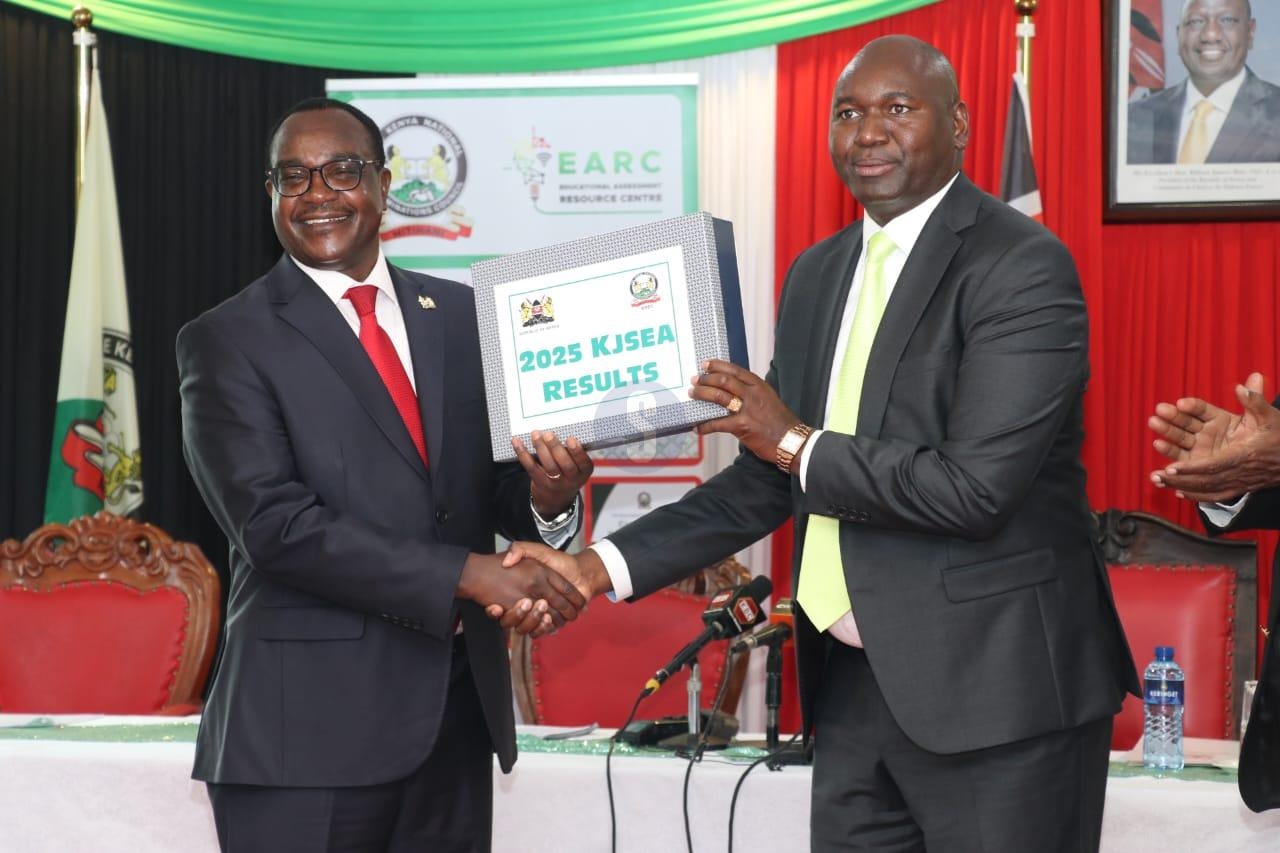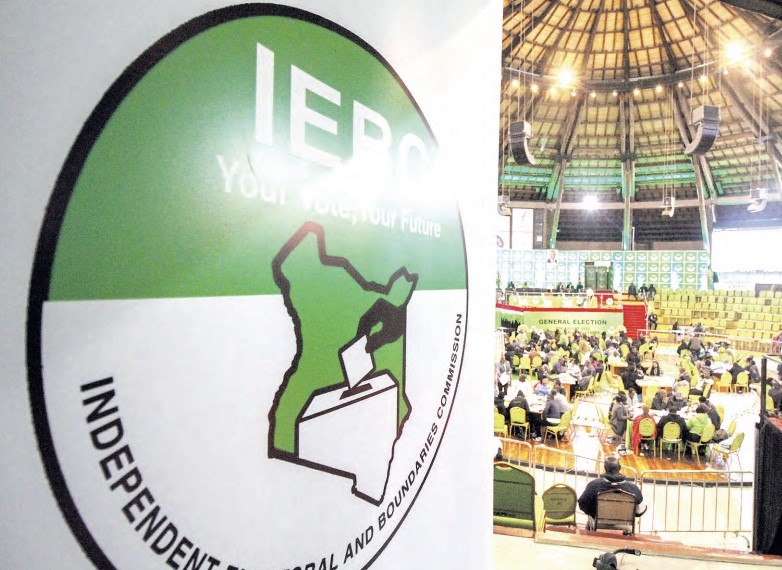

In Namthoe village, Kisumu county, the chirping of crickets is
not just part of the nighttime melody.
For farmer Charles Odira, that sound is the heartbeat of a business he has nurtured into one of Kenya’s most unusual but promising agricultural ventures - rearing crickets for human consumption.
Odira, the founder of Mixa farm, began the edible insect journey more than a decade ago after attending a 2013 workshop facilitated by Phoebe Owuor, Kenya coordinator of Flying Food.
The Flying Food Kenya project has introduced crickets as a
sustainable and protein-rich food alternative in Kisumu.
“Phoebe knew I was already fabricating agricultural equipment
for value addition. She asked if I could partner with them, and that was good
enough for me,” Odira recalls.
Two years later, in 2015, he travelled with a delegation to Thailand to learn from farmers who had successfully commercialised crickets.
“I came back convinced this could work here,” he says. “At first, the system I copied from Asia failed because of Kenya’s climate. But I kept researching until I got it right.”
From garden to table
Odira started small, catching garden crickets, acheta
domesticus, from the wild.
He domesticated them by providing food, water and shelter, slowly
growing a colony of sanitised crickets.
A typical cricket takes 80 days to mature and females lay eggs through a needle-like structure called an ovipositor. Fast reproduction, fact production, fast profit.
Within two weeks, the eggs hatch into pinheads, which he feeds using purified water soaked in a cloth to prevent them from drowning.
“When you hear that familiar cricket sound, that is the male calling the female to mate,” he explains with a smile.
“Once they do, you get eggs and that is the beginning of the cycle.”
Powdered protein
Though many people cringe at the thought of eating insects - they are very popular
whole as roasted or deep-fried crunchy, snacks in Asia - Odira has found
creative ways to introduce crickets to the Kenyan palate.
Instead of selling them whole, he dries harvested sanitary crickets in a solar dryer, grinds them into powder and packages the product for baking or as a food additive.
“People are not used to eating insects whole. Powder makes it easier. You can bake cakes, chapati or even bread with it. It adds crunchiness and high-quality protein,” he says. The powder can be used in pizza flour and pancakes, as well.
A kilo of cricket powder sells for about Sh3,000. With 200 small crates and six larger structures holding 20 crates each, Odira’s farm has the potential to produce roughly 1,000 crates at optimal levels.
Grasshoppers and other insects are also sources of cultivated by other farmers.
Beyond profit
For Odira, cricket farming is not just about income but also
nutrition. He believes crickets can significantly reduce malnutrition in Kenya.
“Crickets have amino acids not commonly found in other proteins. They help the body build resistance against diseases,” he explains. “Malnourished children regain health much faster when they consume cricket products.”
He dreams of a future in which roasted crickets replace
groundnuts as street snacks, and bakeries use cricket powder in bread flour.
Challenges and the future
Despite its promise, cricket farming still faces skepticism.
“Older people shy away from eating insects, but the youth are more open,” Odira says.
He says another challenge is a lack of professional knowledge because cricket rearing it's a new venture. It's unfamiliar to most agriculture officers and there is little reference to cricket farming problems in Kenya.
“Even agricultural officers sometimes lack knowledge about insect farming,” Odira says.
To bridge that gap, Odira, other farmers and Flying Food have linkages with international partners such as the International Centre of Insect Physiology and Ecology and Dutch universities for research and technical support.
His vision is to establish a network of out-grower farmers who will rear crickets and supply him for large-scale processing.
“In the next five years, I see a big bakery producing bread and snacks fortified with cricket powder,” he says. “This is innovative agriculture. Just a kilo of cricket powder at Sh3,000 can transform lives.”
The Food and Agriculture Organization calls crickets a highly sustainable source of proteins, requiring substantially less feed, water and land than conventional livestock and producing far fewer greenhouse gases.
FAO has also published guidance on sustainable cricket farming to improve safety and support the growing global industry, which sees insects like crickets consumed by billions of people and offering significant nutritional benefits.
As night falls in Namthoe, the chirping of crickets fills the
air.
For Odira, it is more than a sound, it is the music of opportunity, nutrition, and the future of food in Kenya.

















